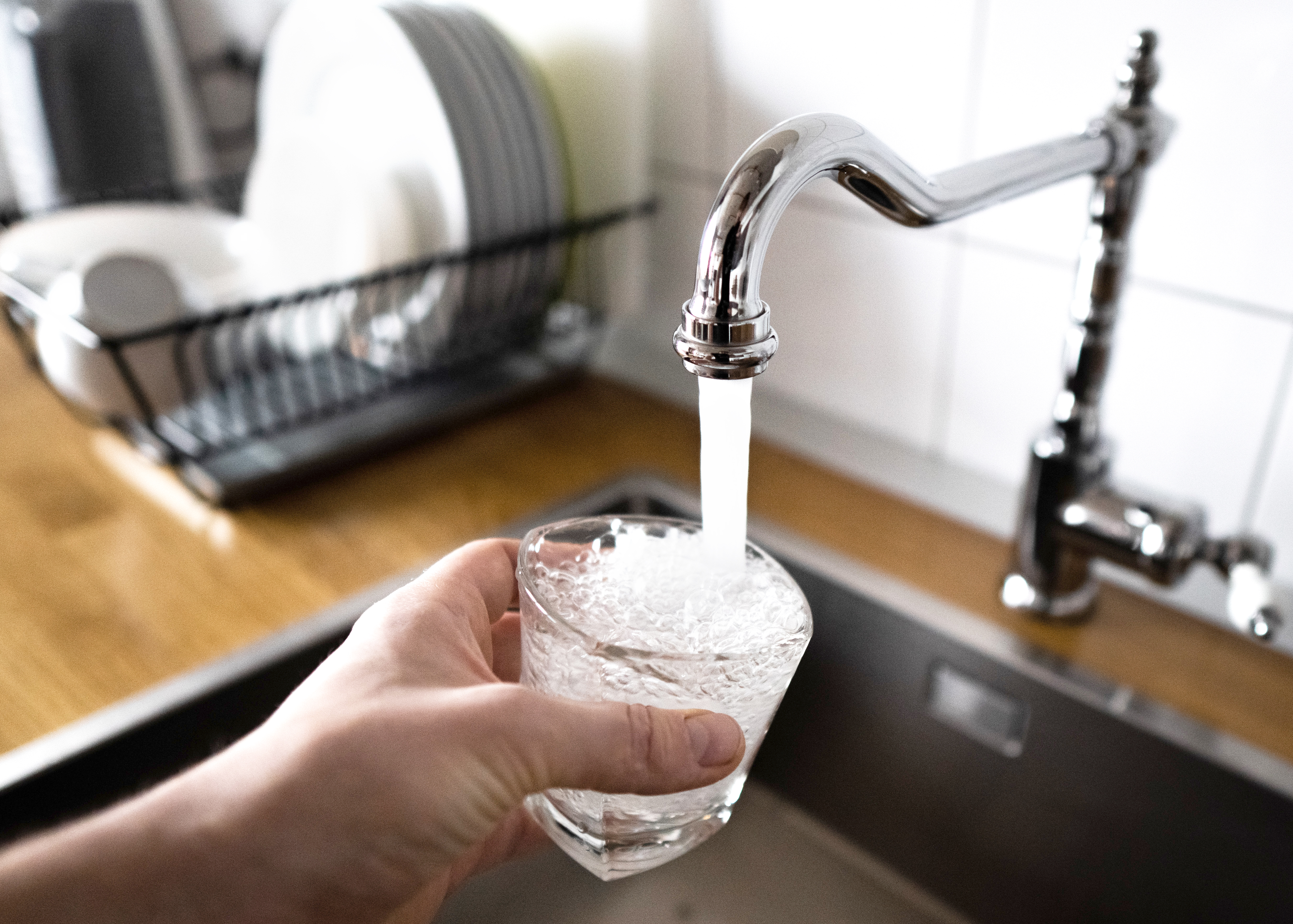
Learn how much plumbers cost in Columbus, Ohio. Discover pricing for faucet repairs, pipe work, and emergency services, plus how you can save money.
We want streams, not trickles


Sign off of work, make dinner, clean up dinner, turn the shower faucet to hot, and breathe a sigh of relief. All is right in the world—until you realize your warm, steamy, shower stream is actually more like a lukewarm dribble. When water flow is lacking, you may be quick to blame it on low water pressure. But that slow trickle may actually be attributed to the volume of water in your pipes instead. Water pressure or water volume: how can you tell which issue it is? Start by examining your faucet to identify the culprit.
Water pressure is the force with which the water is moved through the water lines. Your pressure is usually determined by the water company. Water volume, on the other hand, is the actual amount of water that flows through the faucets and taps, usually controlled and regulated by your pipes and the aerators on the end of the taps. Dribbling or weak water flows are usually a sign of volume problems rather than pressure issues.

You can often rectify problems with water volume in your pipes and plumbing by giving the aerator some attention. The aerator sits at the end of the faucet or shower head and regulates how much water comes out.
Remove the aerator and scrub it free of limescale and mineral deposits that could be hindering the actual amount of water flow. Submerge the aerator in a bowl of distilled white vinegar for three to five hours and then wipe away the build up. If the buildup is especially caked on, you may need to buy a new aerator.
Flow restrictors, also called water savers, limit the water flow by 30% to conserve water. These are required for all faucets purchased after the mid-1990s and are recommended by the Environmental Protection Agency. Like aerators, seemingly malfunctioning flow restrictors can benefit from a thorough soak in vinegar. You can increase the size of the flow restrictor holes by piercing the holes with a screwdriver, knife, or awl and gradually adjust them to a wider diameter.
If the aerator is not the issue, the problem could be an obstruction in the water valve. The water valve controls the flow of the water into the pipes in your home. Inspect your main water valve to make sure it is open entirely. Sometimes a fix could be as simple as opening the valve completely. For maximum water pressure, all valves should be completely open.
Buildup can clog pipes and drastically reduce water volume, especially if your home has hard water. The only way to check for blogs is to remove the pipe and inspect it. A local licensed plumber can check for signs your plumbing needs repair, including blockages or obstructions in the pipes or a pipe defect.
Test your water pressure to rule out the issues and make sure low water pressure isn't compounding the problem. Testing your water pressure also helps determine if you need a water pressure regulator to avoid plumbing problems. DIY testing is easy with a pressure test gauge purchased online or at hardware stores. Just attach it to an outside spigot, run the water and read the gauge.
A PSI between 50 and 70 is ideal. Also, check your PRV (pressure regulating valve) to make sure it's not over-regulating the pressure in your plumbing system or malfunctioning. A knowledgeable plumber can also help inspect this valve.
If your neighbors are also experiencing related problems, then your city’s municipal water system might be to blame. Contact your local water company and report the situation if you believe this to be the case.
A plumber's professional experience will help in determining which pipes have a water volume issue or if the problem is actually something else entirely, like an issue with the pipes leading into the home or a small leak somewhere. Have your pro conduct a plumbing inspection so they can advise the best course of action for getting the water flowing the way it should.
From average costs to expert advice, get all the answers you need to get your job done.

Learn how much plumbers cost in Columbus, Ohio. Discover pricing for faucet repairs, pipe work, and emergency services, plus how you can save money.

Learn about main water line repair costs in Columbus and what affects pricing to be prepared before you start getting estimates.

Discover the leading factors affecting your main water line replacement cost in Columbus, including length, material selection, and installation details.

Replacing or upgrading plumbing in your home? Make sure you know how to measure pipe size accurately to avoid buying the wrong materials.

Winter can be particularly harsh on your plumbing—from water heater issues to frozen pipes. As the weather gets chilly, use these tips to prepare your home and avoid a costly winter plumbing leak.

Plumbing a bathroom starts with knowing the steps for a successful DIY project. Follow this guide to learn how to plumb a bathroom yourself.